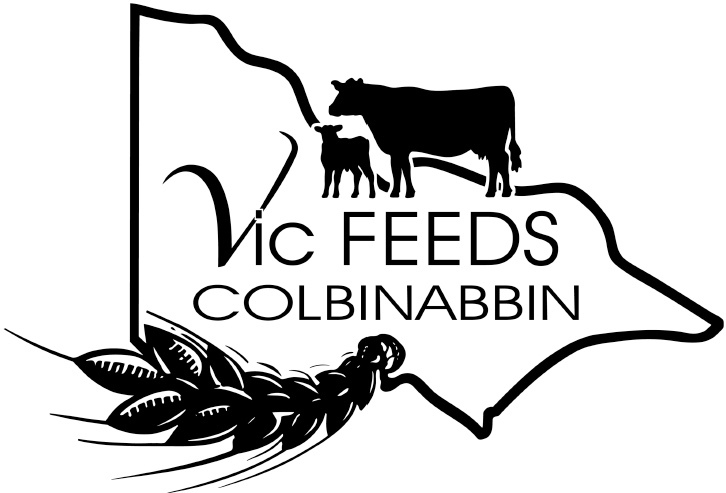Mecardo Analysis - Merino micron premiums and discounts
- By: "Farm Tender" News
- Ag Tech News
- Jul 04, 2019
- 454 views
- Share

This article is bought to you by Vic Feeds.
By Andrew Woods | Source: AWEX, AWRAP, ICS
Micron premiums and discounts are usually looked at in proportional or relative terms, as the relative prices between different micron categories are used to judge where the emphasis in breeding should be put. This article takes a look at what information absolute Merino micron premiums and discounts during the past three decades can provide.
Ad - For the best custom Feed Pellets contact Vic Feeds and get your Cattle, Sheep and Lambs into the heavy pen - Ad
Ad - For the best custom Feed Pellets contact Vic Feeds and get your Cattle, Sheep and Lambs into the heavy pen - Ad
Figure 1 shows some interesting information but needs some explanation. It runs from 1992 to June this year, and centres on the rolling average Merino micron category which has dropped from around 21 micron to around 18.5 micron last season. Around the average Merino micron, four levels of per micron premium and discount are shown, in a cumulative fashion. The four levels are 4 micron finer than the average micron (14.5 micron currently), 2 microns finer (16.5 micron currently), 2 microns broader (20.5 micron currently) and 4 microns broader (22.5 micron currently).


During the 1999-2002 period the 2 micron finer category enjoyed a premium which averaged 300 cents per micron (600 cents in total as this covers 2 microns) which was on par with the 1994, 2011 and 2018 cycle peaks. On top of these substantial premiums the next finer category (4 microns finer) enjoyed additional extraordinary premiums averaging 500-550 cents per micron (1000-1100 cents in total for the two microns).
The different sections of micron premium and discounts are colour coded in Figure 1 in order to show the different values which have occurred for the different micron categories. In 2017 the discounts for broader Merino micron categories was the largest in absolute terms shown in Figure 1, reflecting the high price level of the average Merino micron category.
Ad - For the best custom Feed Pellets contact Vic Feeds and get your Cattle, Sheep and Lambs into the heavy pen - Ad
Ad - For the best custom Feed Pellets contact Vic Feeds and get your Cattle, Sheep and Lambs into the heavy pen - Ad
The interesting information shown in Figure 1 is the upper limits to fine wool premiums. For the 2 micron finer category a per micron premium of 300-400 cents is generally the upper limit. In the current market that means a premium of 600-800 cents for 16.5 micron to the average Merino micron price (18.5 micron) is the upper limit to expect in the next price cycle.
On the broader side of the average micron the plus 2 micron category (currently 20.5 micron) averaged a per micron discount of 150 cents in 2017, while the next 2 micron category (currently 22.5 micron) was only discounted by a further 61 cents per micron. As Figure 1 shows in most cycles when the broad Merino discounts widened, most of the discounts occurred in the first two micron with smaller discounts for the next two microns. The exception (there is no sure bet in life) was the 2011 cycle.
Key points
* Micron premiums and discounts vary through time and between micron categories.
* Absolute micron premiums provide some useful information for use in price cycles when these are wide.
* Most of the price discount for broader Merino wool tends to be in the first two microns.
Ad - For the best custom Feed Pellets contact Vic Feeds and get your Cattle, Sheep and Lambs into the heavy pen - Ad
Ad - For the best custom Feed Pellets contact Vic Feeds and get your Cattle, Sheep and Lambs into the heavy pen - Ad
What does this mean?
Absolute micron premiums provide some useful information for when these premiums are strong and or rising, in that they can provide likely upper targets and provide some context for the premium cycle. Premiums and discounts vary across the different micron categories, which suggest care should be taken when plugging in an expected price effect for fibre diameter in genetic planning.












Share Ag News Via